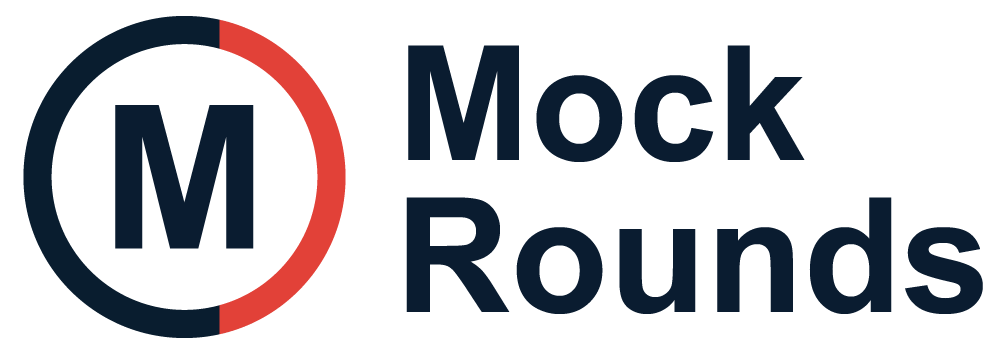| 1 |
Review PHP and backend concepts |
Knowing the basics helps you learn more advanced ideas faster. |
Read PHP basics and error handling guide, Try database design tasks, Write a summary of REST API principles |
PHP script with database access, Simple API endpoint |
| 2 |
Practice database integration and error handling |
Backends often fail due to bad database use or errors. |
Build PHP scripts for adding, reading, and deleting data, Handle errors clearly and log them, Explain your database setup aloud |
Codebase with CRUD (Create, Read, Update, Delete) operations, Short documentation on setup |
| 3 |
Make and document a personal REST API project |
Real practice helps you remember better. |
Design a basic API for a simple tool, Write clear API documentation, Test the API using simple tools |
Working demo API, API documentation file |
| 4 |
Learn HTML and page structure |
Building pages is the starting point of frontend skills. |
Create several pages with HTML tags, Practice semantic and accessible markup, Test in two web browsers |
Multi-page website, Accessibility checklist |
| 5 |
Master CSS basics and layouts |
Good layouts make your pages usable and attractive. |
Style different elements with CSS, Build layouts using grid and flexbox, Tweak designs for small and big screens |
Responsive webpage, Styled component set |
| 6 |
Learn and use core JavaScript |
JavaScript gives life and interaction to pages. |
Write scripts for button clicks and validation, Try JavaScript quizzes for loops and arrays, Debug scripts in the browser console |
Interactive web page, Quiz score report |
| 7 |
Explore a frontend framework |
Modern apps use frameworks for easier development. |
Read docs for a popular framework, Build a simple single-page app, List differences from plain JavaScript |
Basic single-page app, Comparison notes |
| 8 |
Build a small form-based app |
Forms collect and show real, useful data. |
Create a form with validation, Style with CSS, Write scripts for submit actions |
Styled form app, Validation guide |
| 9 |
Practice using AJAX to connect frontend and backend |
Dynamic apps fetch data in real time. |
Send requests from frontend to your API, Handle responses and errors, Explain each step to a friend |
Working AJAX demo, API call diagram |
| 10 |
Implement basic user authentication |
Most apps need login and user identity. |
Add signup, login, and logout routes, Securely store user info, Test response for wrong passwords |
Auth-enabled demo app, User flow notes |
| 11 |
Plan your fullstack mini project |
Planning saves time when building bigger apps. |
Write a project brief, List features and pages, Sketch basic UI on paper |
Project plan document, UI wireframes |
| 12 |
Start backend and frontend integration |
Connecting both sides creates real fullstack experience. |
Set up project folders for backend and frontend, Write connection code for data, Track progress in a task list |
Connected fullstack project skeleton, Updated task checklist |
| 13 |
Develop core features for your project |
Adding main features moves your project forward. |
Build create and view features, Write code comments for all sections, Review against plan weekly |
Core feature demo, Commented source code |
| 14 |
Add feedback, edit, and delete options |
Users expect to update and fix information. |
Implement edit and delete actions, Test for errors and unusual use cases, Collect feedback from a peer |
Project with edit and delete, Bug report list |
| 15 |
Implement basic testing and fix bugs |
Testing means fewer mistakes and better code. |
Write test cases for major features, Run tests on backend and frontend, Fix reported issues |
Test report, Bug-free release |
| 16 |
Document your project and deployment process |
Clear documentation helps you and others understand your project. |
Write setup and usage instructions, Add a system diagram, Practice giving a walkthrough |
Project README file, Project workflow chart |
| 17 |
Demo and get feedback on your project |
Getting input makes your work much stronger. |
Show project to a peer or mentor, Ask for feedback and note changes, Record a short video demo |
Demo recording, Feedback summary |
| 18 |
Learn about teamwork and code review basics |
Working in teams and reviewing code is essential in fullstack roles. |
Study code review process, Do a self-review of your code, Practice giving and receiving feedback |
Self-review notes, Practice code review report |
| 19 |
Plan future self-study for continuous growth |
Career growth requires regular learning and reflection. |
Write list of next skills to learn, Schedule regular study time, Summarize lessons learned in this plan |
Personal learning plan, Reflective summary |
